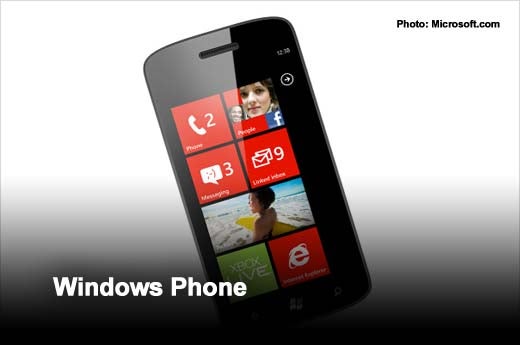Trend Micro, Inc a global leader in cloud-based security software and services, recently announced the release of brand new research comparing the ability of several different mobile platforms to meet the demands of use in the enterprise. The results of the research, carried out by Altimeter Group, Bloor Research and Trend Micro's own specialists, clearly show that in the opinion of the researchers, BlackBerry 7.0 scored highest across the board, ahead of (in descending order) Apple iOS5, Windows Phone 7.5 and Google's Android 2.3.
The platforms were each scored on a combination of factors including built-in security, application security, authentication, device wipe, device firewall, virtualization and many others. BlackBerry attained the highest average score (2.89), followed by iOS (1.7), Windows Phone (1.61) and Android (1.37).
Click through for results from research comparing mobile platform enterprise readiness, conducted by Trend Micro, Altimeter Group, and Bloor Research.
The researchers commented that corporate-grade security and manageability make this platform the option of choice for the most stringent mobile roles. However, many features and protections that are commonly enabled or enforceable via the BlackBerry Enterprise Server (BES) are not present on devices that are user-provisioned via BlackBerry Internet Services (BIS). In fact, some of the strongest features restricting high-risk activities that users may undertake, such as removal of password protection for the device, may be rendered inactive if a user's device is not provisioned via the BES.
The iOS application architecture natively provides users much protection because all applications are "sand-boxed" in a common memory environment. Security in iOS also extends to the physical attributes of the iPhone and iPad. There are no options for adding removable storage, which in effect provides another layer of protection for users. Apple also compares favorably to BlackBerry insofar as the BlackBerry IT administrator has complete control over the device, whereas in iOS, the IT department can only configure items once the user has supplied their permission.
Microsoft has learnt the lessons of the past and created a reasonably robust and secure smartphone operating system in Windows Phone. The OS uses privileges and isolation techniques to create sandbox processes. These "chambers" are based on a policy system that, in turn, defines which system features the processes operating in a chamber can access.
Although Android is now available in more recent versions (4.x), version 2.x is still the most widely deployed on existing and new handsets. This is a security risk in itself; there is no central means of providing operating system updates, meaning that many users remain unprotected from critical vulnerabilities for a prolonged period. On the plus side, it is a privilege-separated operating system and applications can't access the network without prior consent. Apps run in their individual sandboxed environment and permissions are granted by the user on a per app basis. Unfortunately the end user often fails to closely inspect the permissions request dialogue in their haste to use the app. It is often unclear, when permissions are given, what the application is actually capable of.







